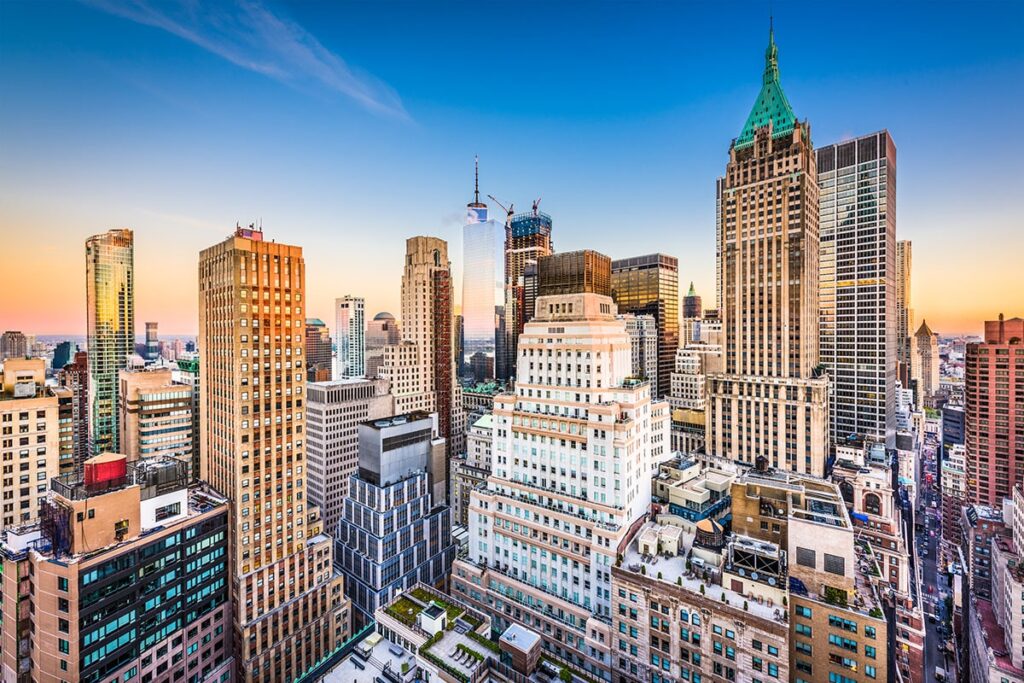
Understanding NYC’s 485-X Real Estate Tax Incentive
New York City offers various tax incentives aimed at fostering economic development and revitalizing underutilized properties. One such incentive is the 485-X program, designed to encourage property owners to undertake significant renovations or redevelop properties in ways that stimulate economic activity. For real estate professionals, property developers, and investors, understanding the nuances of this law can open doors to financial benefits and support long-term project feasibility.
What Is the 485-X Program?
The 485-X program is a tax incentive administered by New York City to encourage the rehabilitation or adaptive reuse of commercial, industrial, and certain mixed-use properties. Eligible property owners can receive a partial exemption from property taxes on the increased value resulting from qualified improvements or redevelopment projects.
This exemption typically applies to properties located in specific areas targeted for economic revitalization and may last for a defined period, often structured as a phased reduction in taxes over several years. The goal of the program is to incentivize investment while gradually bringing properties back to full taxation.
Key Eligibility Requirements
To qualify for the 485-X exemption, property owners must meet several criteria:
-
Eligible Properties: Generally, properties must be located in designated economic development zones or meet other criteria specified by the city. Residential properties are often excluded unless part of a mixed-use project.
-
Qualifying Improvements: The program requires significant investment in property improvements. These may include structural repairs, modernization efforts, or conversions from industrial to mixed-use or commercial purposes. Cosmetic upgrades typically do not qualify.
-
Application Process: Owners must apply for the exemption before beginning construction. Documentation proving compliance with the program’s guidelines, such as architectural plans, financial estimates, and zoning approvals, is required.
-
Compliance with Zoning and Codes: All improvements must comply with local zoning laws and building codes. Non-compliance can disqualify the property from receiving benefits under the program.
Financial Benefits
The primary advantage of the 485-X program is the phased reduction in property taxes on the increased assessed value of the property. For example:
-
In Year 1, property owners might receive a 100% exemption on the increased assessment due to improvements.
-
Over the next 10 years, the exemption may decrease incrementally until the property is fully taxed at its enhanced value.
This phased approach provides property owners with immediate tax relief while enabling the city to gradually increase its tax revenue.
Strategic Considerations
Before pursuing a 485-X exemption, it’s critical to conduct thorough due diligence. Consider the following:
-
Cost-Benefit Analysis: While the tax incentive can be significant, the upfront costs of improvements must align with your financial goals. Work with accountants and financial advisors to model potential savings and returns.
-
Legal Guidance: Consulting with real estate attorneys familiar with NYC’s tax laws is essential. Missteps in the application process or non-compliance with program requirements can result in the denial or revocation of benefits.
-
Community Impact: Many 485-X projects must demonstrate a positive impact on the community, such as creating jobs or enhancing neighborhood amenities. Including these considerations in your planning can strengthen your application.

Example: Leveraging 485-X on a Deal
Consider a property owner who acquires a vacant commercial building in a designated economic development zone for $3 million. As a Class 4 property, the assessed value is calculated as 45% of the market value, which equals $1.35 million ($3 million × 45%). Annual property taxes are then determined by applying the effective tax rate of 10.8%, resulting in taxes of $145,800 ($1.35 million × 10.8%).
The owner invests $1.5 million into renovations, converting the space into a mixed-use property with ground-floor retail and upper-floor offices. The improvements increase the market value of the property to $4.5 million. The new assessed value becomes $2.025 million ($4.5 million × 45%), with taxes of $218,700 ($2.025 million × 10.8%).
Under the 485-X program, the property owner applies and qualifies for a tax exemption on the $675,000 increase in assessed value ($2.025 million post-renovation minus $1.35 million pre-renovation). In Year 1, the owner receives a 100% exemption on this increment, saving approximately $72,900 in property taxes. Over the next 10 years, this exemption phases out, reducing the savings incrementally each year.
This financial relief allows the owner to offset renovation costs while increasing the property’s long-term revenue potential through higher rental income.
Conclusion
The 485-X program offers property owners a powerful tool to offset redevelopment costs and make projects more financially viable. However, navigating the complexities of the law requires a detailed understanding of eligibility requirements, application processes, and compliance obligations. By leveraging this incentive thoughtfully, property owners and developers can contribute to NYC’s economic growth while maximizing the potential of their investments.
If you’re considering applying for the 485-X exemption, consulting with real estate professionals and legal experts is a crucial first step. Their expertise can ensure you fully benefit from this program while aligning your project with city regulations and community needs.
Sources:
https://www.nyc.gov/site/hpd/services-and-information/tax-incentives-485-x.page#:~:text=HPD%20has%20promulgated%20Chapter%2063,minority%20and%20women%20owned%20businesses.
https://buythebronx.com/485-x-is-good-for-the-bronx/
